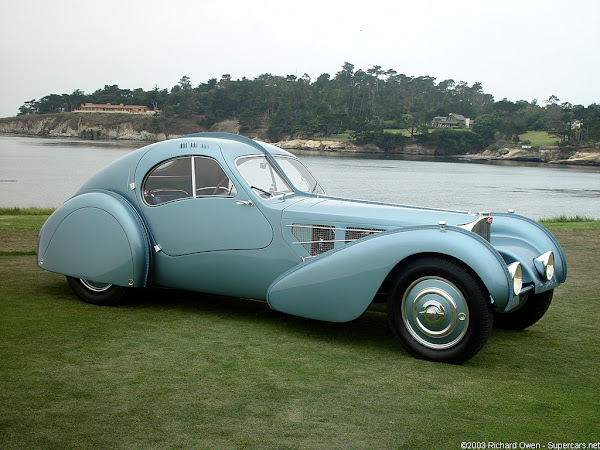Elegant, athletic, opulent, and one-of-a-kind. These are only four of the many epithets that may be used to describe Bugatti. However, there is one model for which they are particularly suited: the Type 57 SC Atlantic Coup is not only a Bugatti classic, but maybe the finest. Between 1936 and 1938, just four of these automobiles were built. Three of these spectacular coups have survived. They are recognized as the world's most expensive automobiles. For almost 80 years, the car industry has been hunting for a fourth Atlantic. âThe Atlantic is one of Bugatti's long-standing symbols. The coup was unique in its day and continues to be exceptional in terms of aesthetics, quality, and performance. A super-luxury sports automobile. It is both an inspiration and a commitment for us,â says Stephan Winkelmann, Bugatti's President. âOur contemporary super sports cars, the Chiron1, the Chiron Sport, and the Divo2, continue this legacy in the present day, in keeping with Bugatti's spirit.â
Ettore Bugatti's son, Jean Bugatti, who was instrumental in the creation of the Type 57 series, fashioned the Atlantic personally. Jean's lines provide an intriguing juxtaposition of airplane design and avant-garde tear-drop form. A highly sloped windshield, riveted fins, and kidney-shaped doors with matching side windows are among the design features. The design notion of using Electron, a magnesium and aluminum alloy from Germany's IG Farben, provided the impetus for the style. While it is robust and may weigh up to one-third that of aluminum, it is also very combustible, making welding impossible. This required riveting each panel into place, which provided a special challenge for conventional design. As a result, Jean integrated the rivet's aesthetic into the car's wings, resulting in an arresting marriage of function and form.













